The butterfly that saved an ecosystem
The revival of Fender’s blue illustrates the collaborative nature of survival.

This article was originally published in High Country News and has been reproduced here with permission as part of the SoJo Exchange from the Solutions Journalism Network, a nonprofit organization dedicated to rigorous reporting about responses to social problems.
From the top of Pigeon Butte in western Oregon’s William L. Finley National Wildlife Refuge, the full width of the Willamette Valley fits into a gaze. Slung between the Coast Range and the Cascades, the valley is checkered with farmland: grass-seed fields, hazelnut orchards, vineyards. In the foreground, however, grassy meadows scattered with wildflowers and occasional oaks trace the land’s contours.
Upland prairie landscapes like these once covered 685,000 acres of the Willamette Valley. By 2000, only a tenth of 1 percent remained. Their disappearance has meant the decline of countless species that once thrived here; some are endangered, others have disappeared. Among the nearly lost is a nickel-sized butterfly called Fender’s blue.
Endemic to this valley, Fender’s blue was first collected in 1929. Shortly thereafter, it vanished. For 50 years, no one could find the sapphire-winged insect; it was presumed extinct. But in 1988, a 12-year-old boy netted a few in a meadow outside Eugene, and a lepidopterist officially rediscovered the butterfly the following year. It was added to the endangered species list in 2000, when fewer than 3,400 remained.
Now, the butterfly’s population has quadrupled and the species is slated to be downlisted from endangered to threatened. If this status change is finalized, as is expected to happen this year, Fender’s blue will become only the second insect to have recovered in the history of the Endangered Species Act.
In the face of an ecological crisis of such grand scale, it was hard to imagine what difference the survival of one small blue butterfly might make.
I’d come to the Pigeon Butte prairie one May morning in search of Fender’s blue because I wanted to see firsthand the particular beauty of this rare butterfly. But also, at a time when an estimated half-million insect species worldwide face extinction and butterfly populations are shrinking at unprecedented rates, I wanted to witness the thing this creature represented – proof that amid such overwhelming loss, recovery, too, remains possible.
It wasn’t until I’d given up and started back down the hill that I saw them: two blue butterflies circling near my knees. When one landed, I peered at the underside of its wing and found the double arc of black spots that differentiate Fender’s blue from its more common look-alike, silvery blue.
My first thought was one of wonderment: How had this delicate creature, with its tissue-thin wings and sunflower-seed sized body, come to be flitting about on this spring morning nearly 90 years after it was declared lost forever? My second thought was less romantic: So what? In the face of an ecological crisis of such grand scale, it was hard to imagine what difference the survival of one small blue butterfly might make.
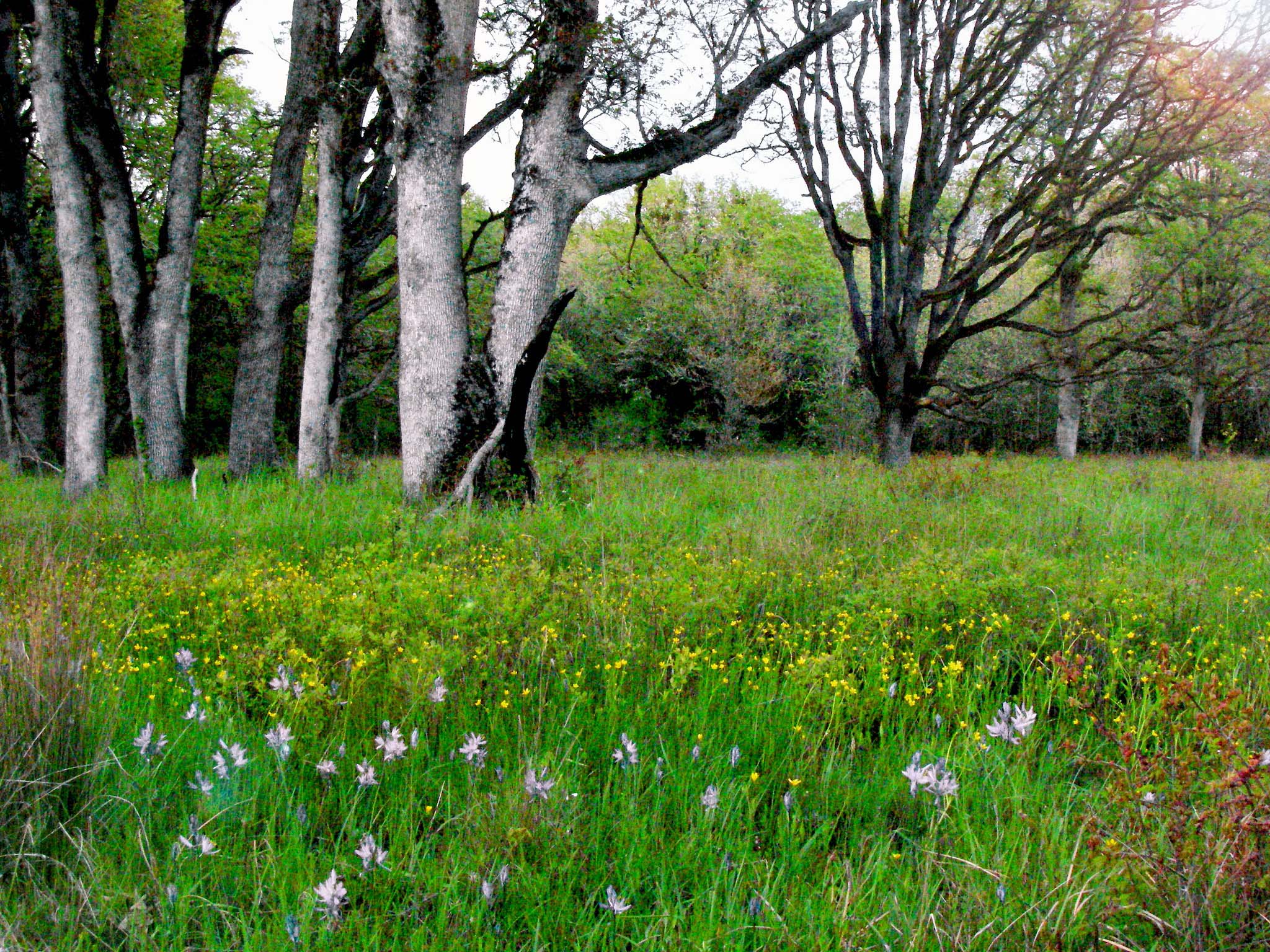
A FEW YEARS AFTER the rediscovery of Fender’s blue, a graduate student named Cheryl Schultz found herself just outside Eugene, slogging through blackberry brambles taller than her head. Here, at what is now a Bureau of Land Management area called Fir Butte, pockets of remnant prairie persisted among a snarl of woody invasives. In these openings a few dozen Fender’s blues resided. Today, much has changed, and the site hosts more than 2,000.
Schultz, now a Washington State University professor, has helped lead Fender’s conservation for nearly three decades. But as a kid, she didn’t carry around a butterfly net. Instead, she came to butterflies by way of her interest in something else. She started her career in the years following the fiercely divisive debate over the addition of the northern spotted owl to the endangered species list. The fight pitted environmentalists against the timber industry and framed the issue as an either/or battle of good versus evil, jobs versus owls. Schultz grew wary of such dichotomies. She wanted to explore how science could help wildlife and people better share a landscape.
“Recovery takes three things: Science, time and partnerships.”
Trying to save Fender’s blue offered a challenge well-suited to this line of inquiry. Biologists knew the butterfly’s limited habitat would need to be expanded to prevent its extinction, but its range overlaid a landscape dominated by the human endeavors of agriculture, urban development and private land ownership.
Schultz began by observing Fender’s blues to better understand their particular ecology: How far will a Fender’s travel? How much nectar is needed to support a population? How do fires and herbicides affect the species? Then, she and her colleagues used their findings to help develop the U.S. Fish and Wildlife Service Fender’s blue recovery plan. But science alone, Schultz told me, cannot enact conservation. “Recovery takes three things,” she said. “Science, time and partnerships.”
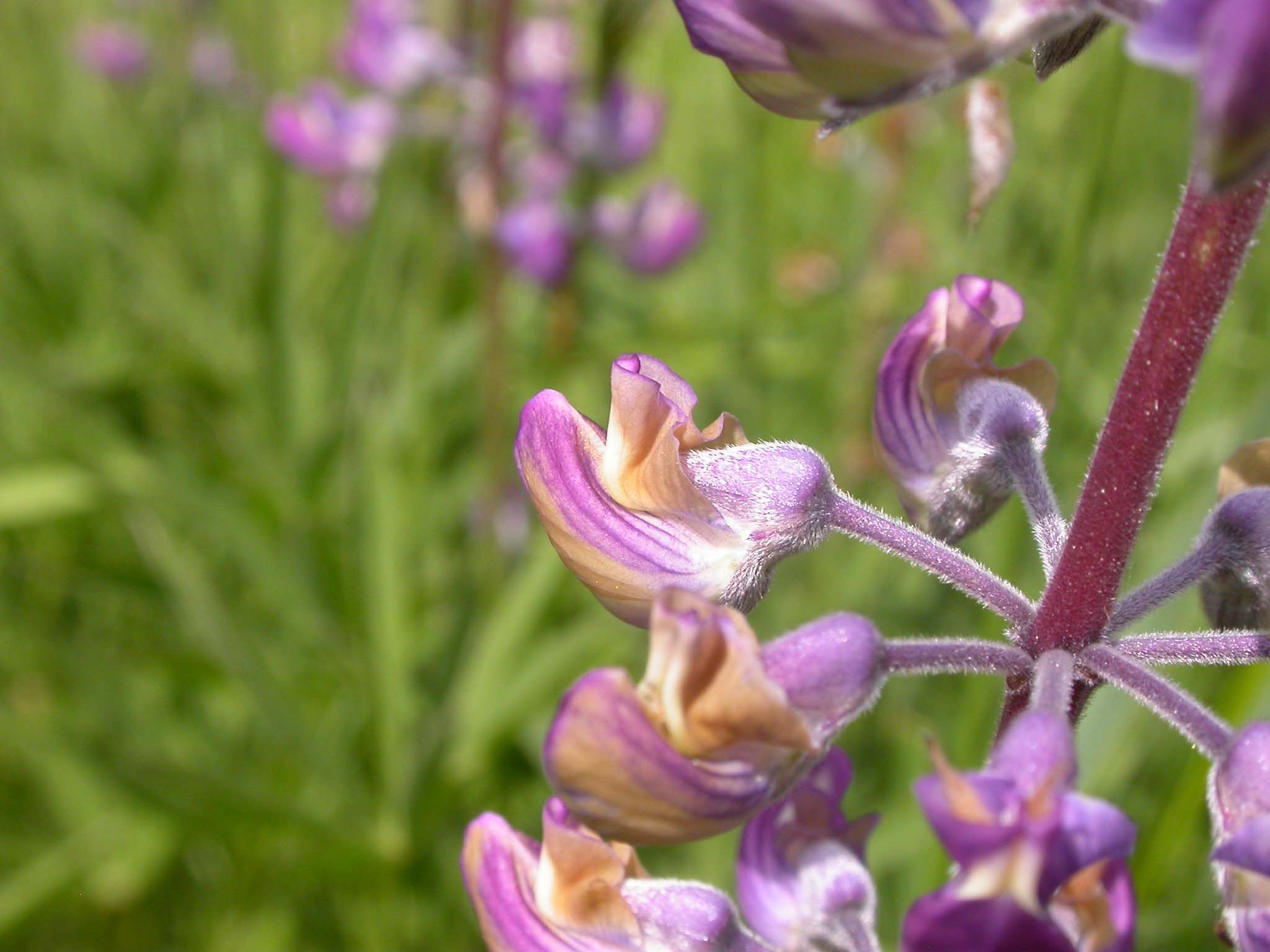
PERHAPS THIS STORY OF RECOVERY begins not with an insect but with a plant: Kincaid’s lupine, a perennial wildflower with palm-shaped leaves and spikes of muted purple blossoms. Like many butterflies, Fender’s blue exists in tight relationship with a particular host plant. From the moment a Fender’s caterpillar hatches in early summer until it unfurls from its chrysalis as an adult butterfly the following spring, the host plant – almost always Kincaid’s lupine – provides its sole source of food and shelter. “They’re a species pair,” Tom Kaye, the executive director of the Corvallis-based nonprofit Institute for Applied Ecology, told me. “To conserve the butterfly, you have to conserve the lupine.”
After the butterfly’s rediscovery in 1989, researchers began searching for Kincaid’s lupine. Like the insect, the plant was exceedingly rare. It grows in upland prairies, ecosystems comprised of grasses and forbs that build soil and, unless something interrupts the process, eventually give way to shrubs and trees. To remain prairie-like, a prairie requires disturbance.
In the Willamette Valley, that disturbance historically came in the form of fires managed by the Kalapuya people, who burned the prairies regularly to facilitate hunting and sustain plant communities that provided crucial foods, including camas and acorns. When settlers displaced the Kalapuya via disease, genocide and forced removal, burning ceased. The long-tended prairies, invitingly flat and graced with a mild climate and plentiful water, were swiftly plowed under for agricultural fields and turned into settlements.
Without fire, what little prairie habitat remained began to transform: Hawthorn and poison oak encroached, fir and ash trees took root, and the diversity of grasses and flowering plants that had once flourished – including Kincaid’s lupine – withered.
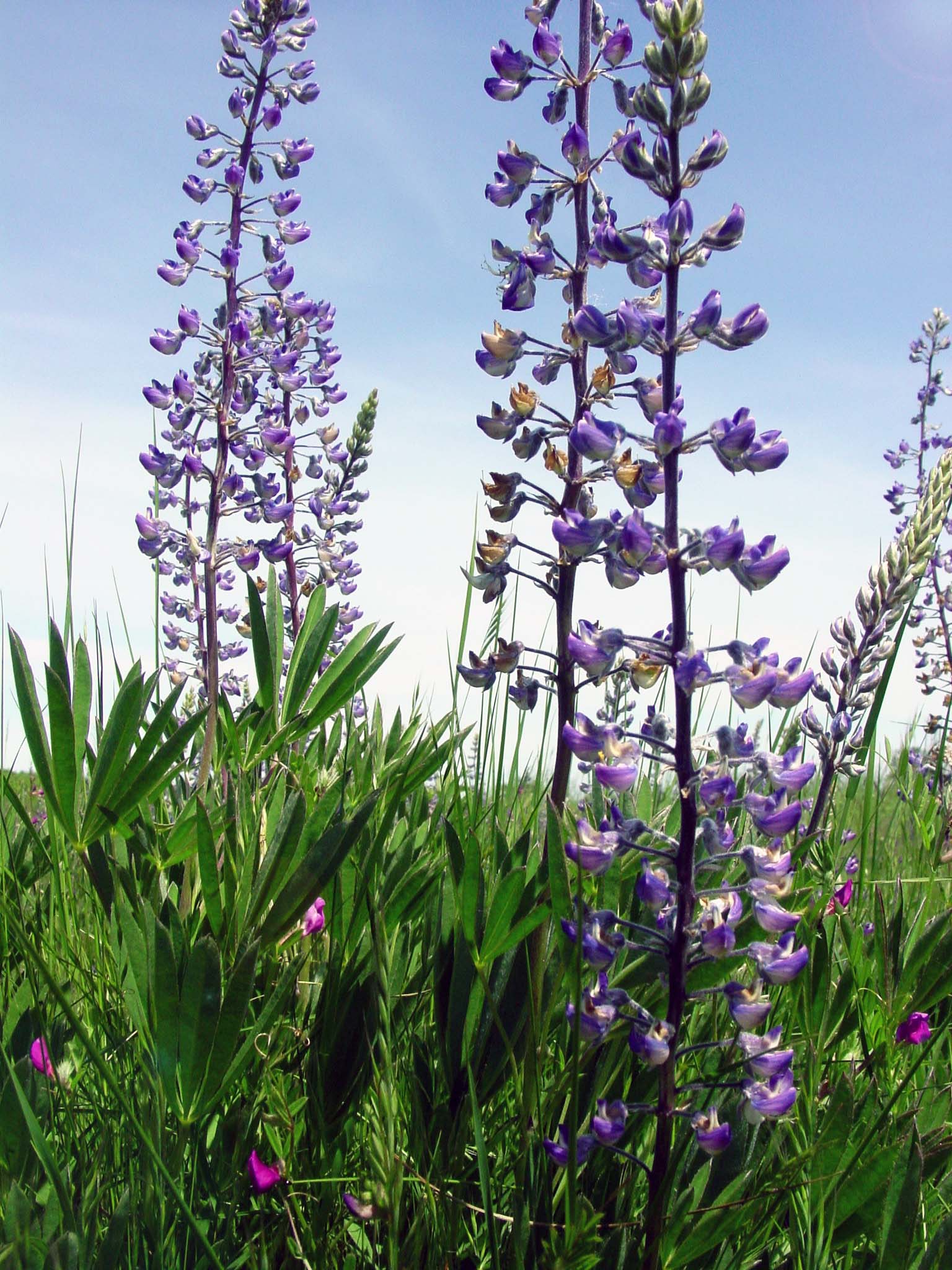
Researchers at the Institute for Applied Ecology have been studying Kincaid’s lupine in an effort to reverse that trend since the organization’s founding in 1999. Many of the conservation strategies they’ve developed have to do with the ways the lupine interacts with its environment, such as the symbiotic relationships it forms with mycorrhizal fungi and rhizobium bacteria. Rhizobium live in nodules attached to the lupine’s roots, where, in exchange for nutrients, they provide the plant with a steady supply of fixed nitrogen. In new restoration sites where these fungal and bacterial partners are scarce, inoculation with soil from areas currently supporting robust lupine populations can bolster the new plants’ chances of success.
On a June afternoon, Kaye and I stood amid rows of flowering plants at the organization’s seed production farm. The lupine was nearly ready to harvest, and Kaye lifted a pod and held it skyward. Sunlight flooded the husk to reveal the dark orbs of just two seeds cupped inside. Kincaid’s lupine, he said, produces scant seeds, especially in the wild, where predators such as weevils abound. That made it nearly impossible to collect enough for restoration. “I could hold in my hand the entire seed output of a population,” Kaye told me. “Meanwhile, from a production field I could fill bags.”
So he and his colleagues sought ways to boost the cultivated supply. In collaboration with the Sustainability in Prisons Project, the organization established a seed production field inside the Oregon State Correctional Institution. Through this program, incarcerated people have produced tens of thousands of Kincaid’s lupine seeds, and, by extension, adult plants that now host Fender’s caterpillars in restored prairies across the Willamette Valley.
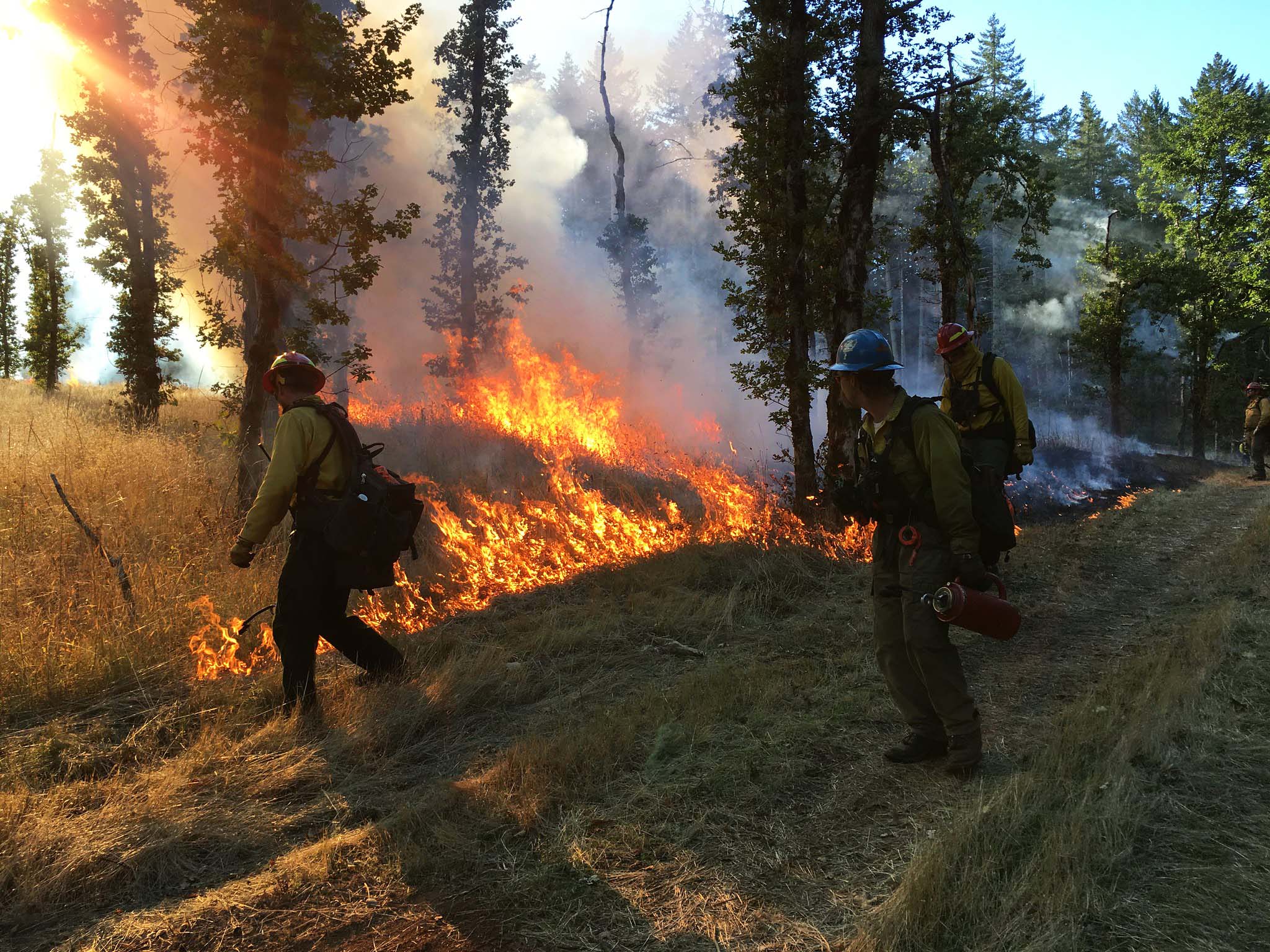
ONE LATE MAY MORNING, I met Soledad Diaz, an ecologist with the Institute for Applied Ecology, at Baskett Butte in the Baskett Slough National Wildlife Refuge. Here, in one of the Willamette Valley’s largest restored Fender’s prairies, I found her crouched with a crew of sun-hatted researchers, counting flowers to estimate available nectar resources.
Diaz gestured to my shoulder. I spun around to watch the flicker of a Fender’s blue as it flitted off and landed upon a nearby lupine. “Looks like an old one,” Diaz said, pointing out the tattered edges lacing the butterfly’s wings. In the life of a Fender’s blue, “old” means just nine or 10 days. On the slopes around us, knee-high grasses rippled and flowers bloomed: checkermallows, mariposa lily, Oregon iris, plenty of host lupine. Blue butterflies flew from plant to plant with such carefree buoyancy it was hard to remember they were urgently attending to the task of finding nectar and a mate under the ticking clock of their brief lifespan.
Most remnant populations of Kincaid’s lupine are found on hills like Baskett Butte, explained Graham Evans-Peters, the Baskett Slough Refuge manager. Because steeper terrain makes farming difficult, landowners historically used these uplands for livestock rather than crops. Grazing cattle, like fires, keep woody encroachment at bay and mow down tall grasses. And, Evans-Peters told me, “They don’t like lupine.”
The Fish and Wildlife Service began restoring Fender’s habitat at Baskett Slough in the mid-1990s. The agency removed encroaching weeds from the existing lupine patches on the butte, then controlled invasive species on the adjacent slopes and replanted them with native vegetation. As the populations of these plants grew, so did that of Fender’s blue.
“One of the most important tools for holistic prairie management is fire.”
Today, high-quality Fender’s habitat covers over a hundred acres at Baskett Slough. But the work isn’t done; the prairie must be actively managed. “One of the most important tools for holistic prairie management,” Evans-Peters said, “is fire.” While burning kills some Fender’s larvae, it keeps meadows open and leads to such significant leaps in vigor of both nectar and host plants that the butterfly’s numbers, too, rise in ensuing years.
Burning also benefits another species interaction, this one between Fender’s caterpillars and their caretakers: ants. Fender’s caterpillars produce nectar several ant species eat. In exchange, the ants stand guard against predators and parasites. These ant-tenders, however, don’t always show up. When dense grass surrounds the caterpillars’ host plants, it cools the soil, reducing ant activity, and creates a maze that prevents ants from finding the caterpillars in the lupine above. Burning cleans up this accumulated thatch, which researchers suspect is one of the reasons fire increases ant-tending. Studies show that the caterpillars’ survival rates can be three times higher when the caretakers are present than when they’re not.
At Baskett Slough, the Fish and Wildlife Service burns sections of the prairie annually in partnership with the Confederated Tribes of Grand Ronde, which include bands of the Kalapuya. Over the past two decades, the tribes’ fire program has increasingly focused on reintroducing cultural burning practices to manage land and enhance traditional food sources. Now, due to growing interest in using fire as a tool for restoration, many agencies are seeking the tribes’ expertise. “We want to get to the point where we’re conducting cultural burns that have the restoration effort behind them,” Colby Drake, burn boss and natural resources manager for the Confederated Tribes, explained at a forestry summit in 2021. “The momentum is ripe right now to get that good fire on the ground.”
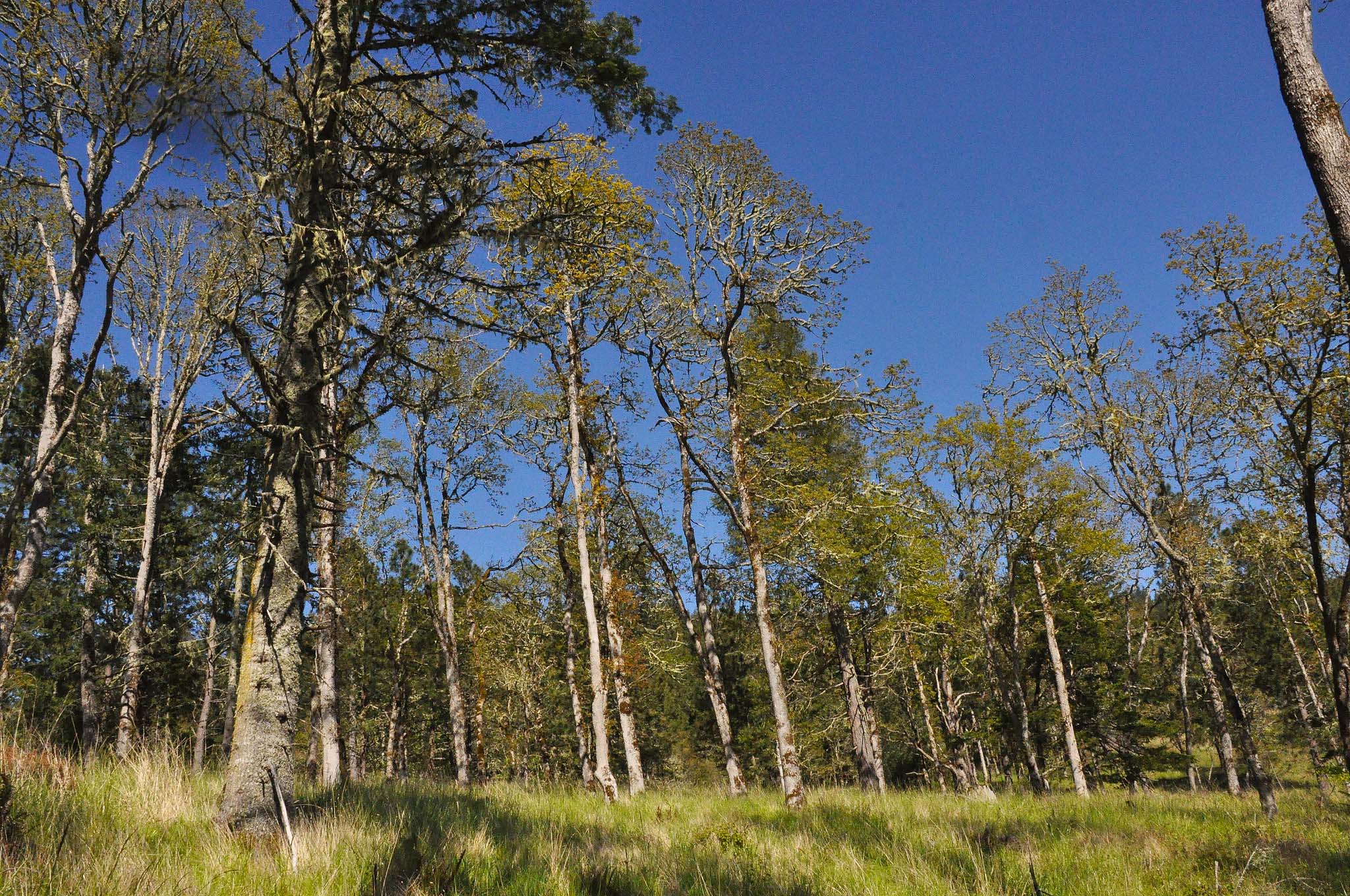
NINETY-SIX PERCENT of the Willamette Valley is privately owned. Partnerships with private landowners such as Jim and Ed Merzenich of Oak Basin Tree Farm are crucial to conservation efforts.
At the Merzenichs’ farm outside of Brownsville, a population of Fender’s blues resides in a series of open meadows that spill down the southwest slope of an otherwise forested hillside. These meadows were once overrun with blackberry and isolated by surrounding stands of firs. But Jim Merzenich, working with the Fish and Wildlife Service and the Institute for Applied Ecology, has removed blackberries and cleared connecting corridors through the forest. He’s now working with the Greenbelt Land Trust to establish a conservation easement to permanently protect the area.
“A lot of landowners have a fear of government interference,” Merzenich told me. “But we’ve had no conflicts.” On the contrary, partnerships with federal agencies have provided the funding and expertise to restore oak and prairie habitats on Merzenich’s farm even as timber harvests continue.
When I visited Merzenich’s prairie in early July, it was too late in the year to see Fender’s blues flying, but Kincaid’s lupine bloomed purple amid grassy meadows splashed pink with clarkia and ribboned with bands of yellow tarweed. New blackberry canes, too, were abundant, already resprouting and reaching into the open space of the recently cleared corridors. “The population here is precarious,” Merzenich said. “The worst thing that could happen to these meadows is for people to just turn around and ignore them. You’d lose your lupine, lose your butterflies.”
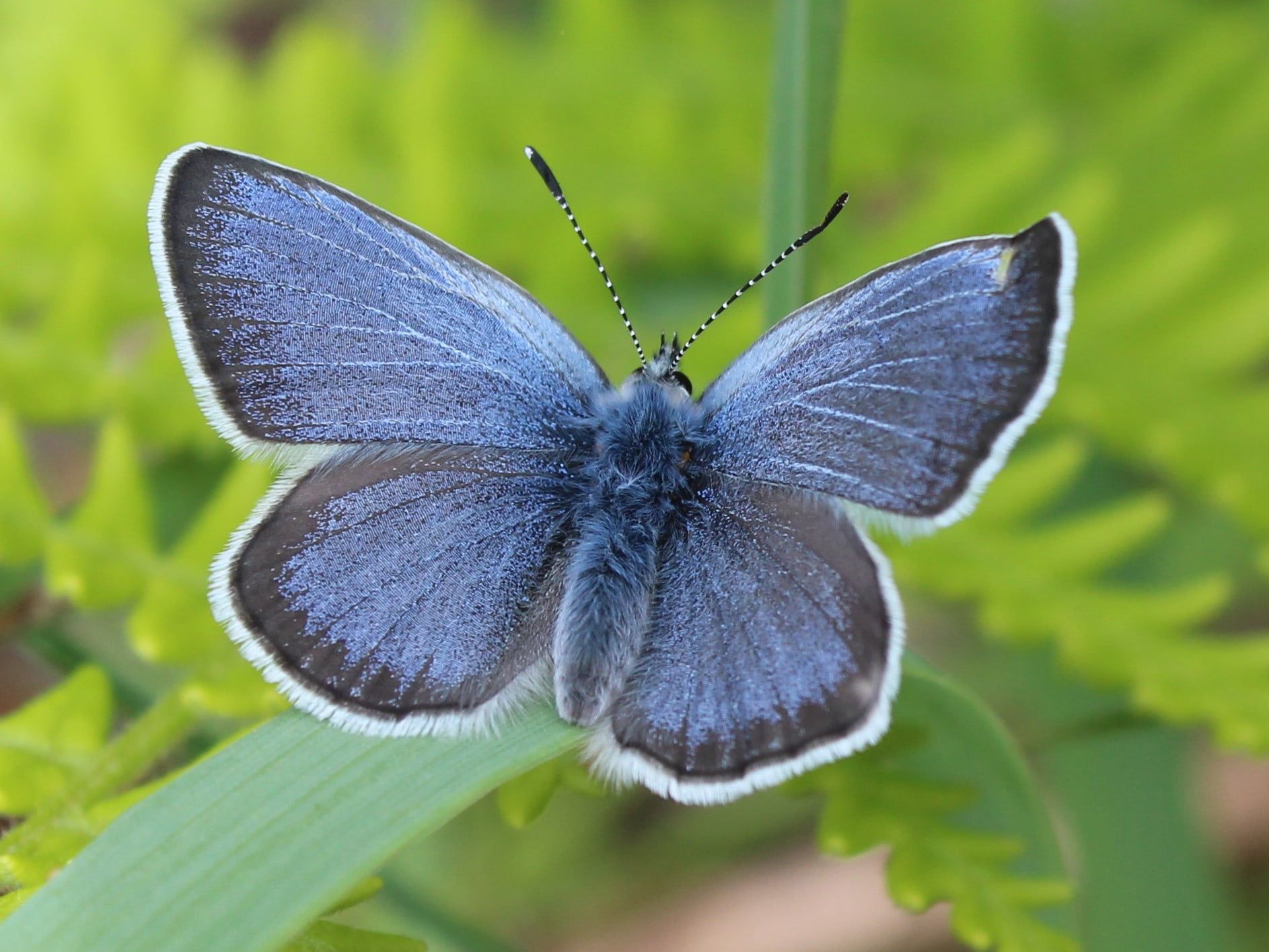
Even the most robust Fender’s populations remain dependent upon humans. To keep at bay the myriad plants ready to rush into the open space, people – restoration technicians, landowners, fire crews – must regularly mow or spray or burn the butterfly’s habitat. At first glance, this can appear to undermine the significance of the species’ recovery. Despite decades of conservation, the butterflies are far from self-sufficient.
But this relationship is nothing new. Without the fires tended by the Kalapuya, the prairies of the Willamette Valley, along with Fender’s blue, would have vanished long ago. Nor is the entanglement unique when examined in light of the other partnerships surrounding the species – those entwining butterfly and host-plant, rhizobium bacteria and Kincaid’s lupine, caterpillars and ant-tenders. Self-sufficiency, it seems, is irrelevant: Survival is a collaborative process.
Self-sufficiency, it seems, is irrelevant: Survival is a collaborative process.
Butterflies, despite their poster-child fame, are not great pollinators. Their long, slender tongues often reach nectar without touching pollen or stigma. If not pollination, what ecological purpose do they serve? Their niche is to turn plant material into food for animals like the western meadowlark, also a species of conservation concern. But Fender’s most significant function might be its ability to evoke the attention, and care, of humans. “People respond to butterflies in a way that doesn’t always happen with insects,” Schultz said.
It’s hard to imagine a coalition of scientists, farmers, incarcerated adults, government agencies, nonprofits and tribal nations coming together with such resolve on behalf of, say, a modest ant or lupine. But in the course of Fender’s conservation, these organisms too – and the suite of other prairie species whose survival is bound up with the butterfly’s – have benefited. So while Fender’s owes its recovery to the prairie community, one could also argue that the butterfly, by recruiting the assistance of humans, has saved the prairie. The truth, I suspect, contains no such dichotomies, only a tangle of relations binding each to the rest.




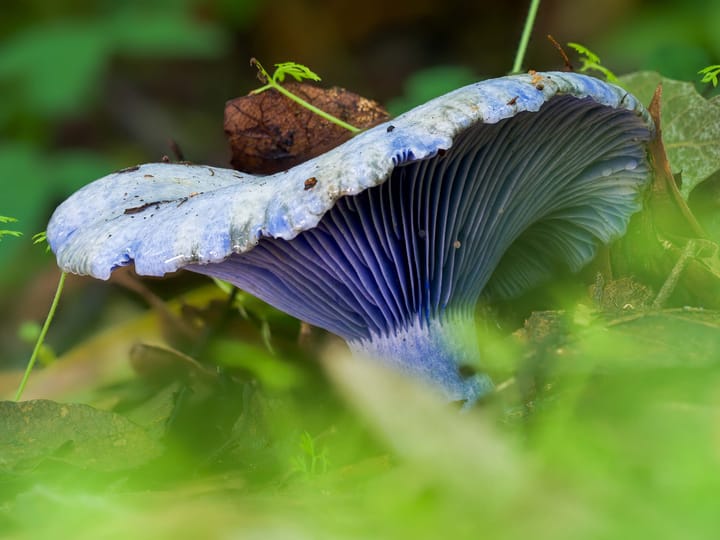
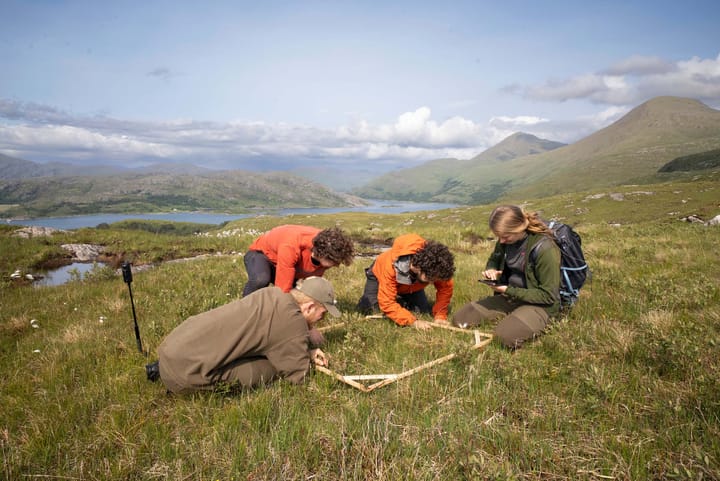


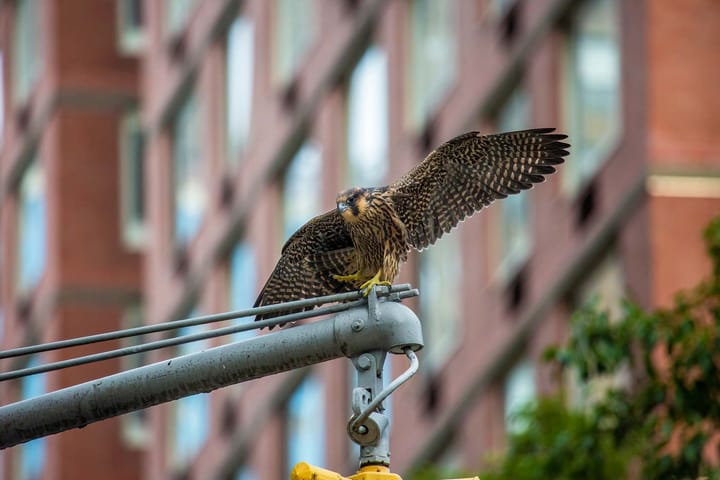

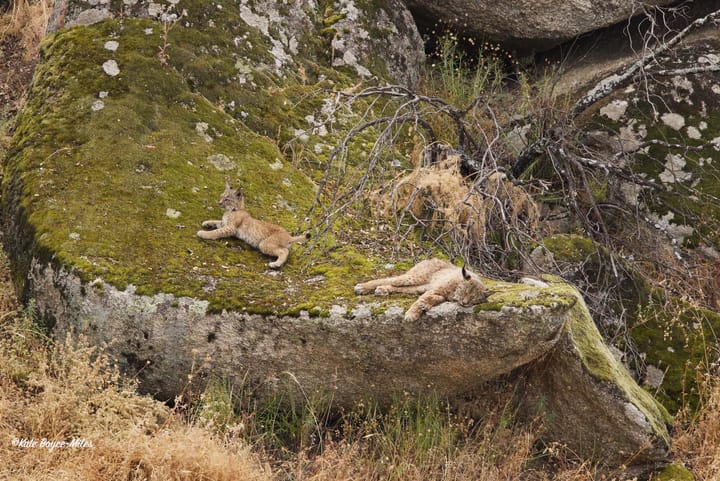
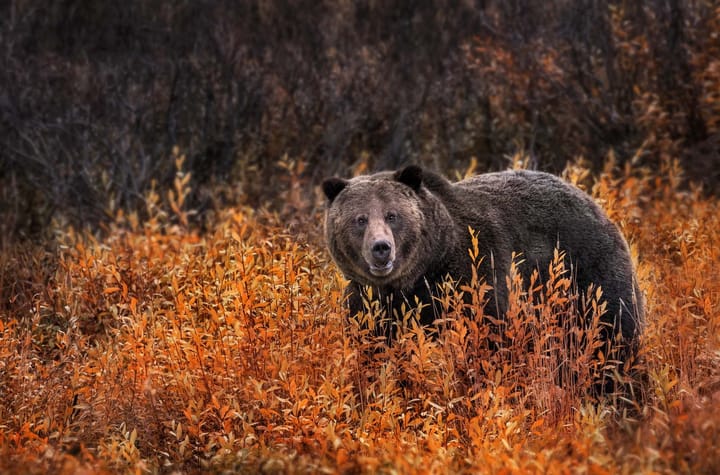
Comments ()